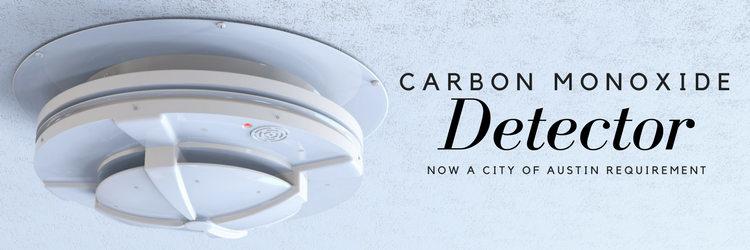
By Cassandra Majors
After I smoked my last cigarette five years ago, I quickly mutated into a twitchy, manic, raging lunatic for the next two weeks. I came up with 100 creative ways to murder most of the people who crossed my path during that time, mostly for minor infractions like taking too long at a stoplight or mispronouncing “New Braunfels.” Desperate to calm down, I went on furious speed-walks around the neighborhood; joggers, dog-walkers and stroller-moms would bolt across the street in terror when they saw me barreling down the sidewalk clenching my fists and chewing great wads of gum so hard that sparks shot out between my teeth. I felt like I could never just relax.
My smug non-smoking friends always liked to say, “I don’t understand why you smokers say that smoking relaxes you. Nicotine is a stimulant!” Yes, dear, nicotine is indeed a stimulant. Carbon monoxide, however, is definitely NOT a stimulant. Carbon monoxide is very, VERY relaxing, so relaxing in fact that if you get enough of it, you’ll relax yourself right to death and not even notice. The City of Austin has come out strongly against this ultimate relaxation recently in their new ordinance requiring carbon monoxide alarms in all residential and commercial buildings that have gas or fuel-burning appliances. What does this mean for us as real estate professionals?
Starting April 1st * in the city limits of Austin, “residential and commercial structures with both sleeping areas (bedrooms) and gas or fuel-burning appliances are required to install and maintain carbon monoxide (CO) alarms. In a dwelling unit, a CO alarm must be installed outside of each separate sleeping area and in the immediate vicinity of each sleeping area” (source: City of Austin).
*Safety tip: Do not use carbon monoxide as part of an April Fool’s Day prank.
Listing a house for sale? This will now come up on the inspection, or if the home needs work that requires a building permit or work on any gas system, appliance, or fixture, so get your carbon monoxide alarms installed before the home goes on the market. Even if there are no gas appliances in the home, you’re still not off the hook, sorry. The ordinance also requires carbon monoxide alarms in any home with an attached garage, which are most of the single-family homes in Austin. On the bright side, many modern smoke alarms are actually combination alarms for both smoke and carbon monoxide, and those will absolutely fulfill the new requirement, so check to see if you might already be covered by the existing smoke alarm.
Building a new home, multifamily structure, or any commercial building with sleeping areas? New buildings require the alarms to get their power from the permanent building wiring with a battery backup, just as many smoke alarms are now wired. For existing structures, just battery-powered detectors are acceptable.
Is your home or listing outside the city limits of Austin? This new ordinance doesn’t apply (check the local codes where the home is), but it’s still a good idea to have one in every home. Carbon monoxide can be fun in small doses like cigarettes, but when it’s leaking in your home, it can really ruin your weekend. All of your weekends forever, actually.
Check out the video below from Austin’s Code Department for everything you need to know about where and how to install the carbon monoxide alarms.
Cassandra Majors has been a market analyst and data guru in the Austin real estate industry for over a decade.